Your Week-by-Week Eye Stroke Recovery Timeline: What to Expect
When you have an eye stroke, one of the first questions you ask is: "Will my vision come back?"
The answer depends on many things. What type of stroke did you have? How severe was it? And most importantly — how quickly did you start treatment?
Understanding the eye stroke healing process helps you know what to expect and when to take action.
Dr. Andy Rosenfarb explains:
"The first few weeks after an eye stroke are critical. That's when we have the best chance to save vision. But even months later, holistic treatments can still help because some nerve cells are just sleeping — not dead."
Why Eye Stroke Recovery Timeline Matters
Every eye stroke is different. Your recovery depends on:
- Type of stroke: Artery blockage (CRAO) versus vein blockage (CRVO)
- Where the blockage happened: Main vessel versus smaller branch
- How long without oxygen: Time is vision
- Your overall health: Diabetes, high blood pressure, and other conditions affect healing
- When you start treatment: Earlier is always better
This guide walks you through each stage of recovery so you know what to expect.
Week 1: The Emergency Phase
What Happens to Your Eye
In the first hours and days after an eye stroke, damaged retinal cells start to die. Without blood flow, they cannot get oxygen or nutrients.
This is when emergency care matters most.
What You May Experience
- Sudden vision loss in one eye
- A dark curtain or shadow blocking part of your sight
- Blurred or dimmed vision
- No pain (most eye strokes are painless)
What Conventional Medicine Does
Your eye doctor will:
- Check your retina and optic nerve
- Look for signs of blockage or swelling
- Test your visual field (what you can and cannot see)
- Send you for urgent blood tests and imaging to find the cause
Most conventional doctors will tell you to "wait and see" because there are few standard treatments.
What Holistic Medicine Offers
Dr. Rosenfarb recommends starting treatment immediately:
- Hyperbaric oxygen therapy: Floods damaged tissue with oxygen to keep cells alive
- Nutritional support: High-dose antioxidants and enzymes to reduce damage
- Acupuncture: Improves blood flow to the eye
"The first 72 hours are critical, but even if you're past that window, don't give up. We can still help."
Weeks 2-4: The Optimal Treatment Window
What Happens to Your Eye
This is the subacute phase. Some retinal cells have died, but many are just dormant. They are injured but not dead.
This is your best window for recovery.
What You May Experience
- Vision may start to stabilize (stop getting worse)
- Some patients notice small improvements
- Colors may look washed out or dim
- Reading and detail work feel harder
Why This Time Period Matters
Research shows that nerve cells can survive in a dormant state for weeks after injury. If you give them oxygen, nutrients, and stimulation, they may wake back up.
The longer you wait, the more cells shift from dormant to permanently damaged.
What Holistic Medicine Offers
Dr. Rosenfarb uses a multi-therapy approach during this critical window:
- Ophthalmic acupuncture: Stimulates microcirculation around the eye
- Alternating current microstimulation (ACS-3000): Wakes up dormant nerve cells
- Hyperbaric oxygen: Continues to support healing
- Low-level laser therapy: Reduces inflammation and supports cell repair
- Targeted supplements: Supports blood flow and nerve regeneration
Many of Dr. Rosenfarb's patients start treatment during this phase and see meaningful improvements.
Months 2-3: The Mid-Recovery Phase
What Happens to Your Eye
By now, the acute swelling has gone down. Your vision has likely stabilized. This is when you find out how much function you can get back.
For some patients, vision continues to improve slowly. For others, it plateaus (stops changing).
What You May Experience
- Adjusting to your "new normal" vision
- Learning to use your peripheral vision if central vision is damaged
- Frustration or grief over permanent vision loss
- Hope if you notice small improvements
What Conventional Medicine Does
Your eye doctor will monitor for complications like:
- New blood vessel growth (neovascularization)
- High eye pressure (glaucoma)
- Continued swelling in the retina
If complications develop, they may offer injections or laser treatment.
What Holistic Medicine Offers
Even at this stage, holistic treatments can help:
- Continue stimulating dormant cells
- Improve adaptation and visual processing in the brain
- Support overall eye health to prevent a second stroke
Dr. Rosenfarb often sees patients start to notice improvements around the 2-3 month mark as their body continues to heal.
Months 4-6: Long-Term Recovery
What Happens to Your Eye
By six months, most natural recovery has occurred. Whatever vision you have now is likely what you will keep — unless you actively work to improve it.
What You May Experience
- Acceptance of vision changes
- Learning new strategies to read, drive, or work
- Adjusting to using one eye more than the other
- Feeling more stable and less anxious
What Holistic Medicine Offers
Even at six months, the brain can still adapt. Treatments that support neuroplasticity (the brain's ability to rewire itself) can help you make the most of your remaining vision:
- Vision rehabilitation therapy
- Ongoing acupuncture and microstimulation
- Nutritional support to prevent future strokes
Some patients continue to see small improvements even at this stage.
Beyond 6 Months: Late-Stage Recovery
Is It Too Late to Improve?
No. While the first few weeks offer the best chance for recovery, holistic treatments can still help even months or years later.
Dr. Rosenfarb has worked with patients who:
- Started treatment a year after their stroke
- Still saw improvements in brightness, contrast, and visual field
- Regained function they thought was lost forever
What Late Intervention Can Do
- Wake up any remaining dormant cells
- Improve visual processing in the brain
- Help you adapt and use your vision more effectively
- Prevent a second stroke in the other eye
"It's never too late to try. I've had patients improve even two years after their stroke. The key is not giving up."
How Recovery Differs by Type of Eye Stroke
CRAO (Central Retinal Artery Occlusion)
- Most severe type of eye stroke
- Blocks oxygen to the entire retina
- Vision loss happens suddenly and is often severe
- Recovery is harder, but still possible with aggressive treatment
- Time is critical — every minute counts
BRAO (Branch Retinal Artery Occlusion)
- Blocks a smaller branch artery
- Only part of the retina is affected
- Vision loss is less severe
- Better natural recovery potential
- Still benefits from early treatment
CRVO (Central Retinal Vein Occlusion)
- Blocks the main vein draining blood from the retina
- Develops more slowly than artery strokes
- May have better recovery potential
- Risk of complications like glaucoma and new blood vessel growth
- Responds well to holistic treatments
BRVO (Branch Retinal Vein Occlusion)
- Blocks a smaller vein
- Better prognosis than CRVO
- Many patients recover substantial vision
- Still benefits from treatment to maximize recovery
Setting Realistic Expectations
What Recovery May Look Like
Best case: You recover most or all of your vision. This is more common with branch occlusions and early treatment.
Moderate case: You recover some vision. You adapt and learn to live with changes. You can still read, drive, and do most activities.
Challenging case: You have significant permanent vision loss. You need low vision aids and rehabilitation. You focus on preventing a stroke in your other eye.
Factors That Improve Your Chances
- Starting treatment within the first 2-4 weeks
- Using multiple holistic therapies together
- Addressing underlying causes (blood pressure, diabetes, cholesterol)
- Staying committed to your treatment plan
- Maintaining hope and a positive mindset
Factors That Make Recovery Harder
- Severe CRAO with complete vision loss
- Waiting months before starting treatment
- Uncontrolled diabetes or vascular disease
- Previous eye damage or strokes
- Poor overall health
Why Early Holistic Treatment Offers the Best Outcomes
Conventional medicine often takes a "wait and see" approach because there are limited standard treatments for eye stroke.
But waiting means losing your best window for recovery.
Dr. Rosenfarb's approach is different:
- Start treatment immediately to save as many cells as possible
- Use multiple therapies to attack the problem from different angles
- Support the body's natural healing with nutrition, oxygen, and circulation
- Continue treatment even after the acute phase to maximize recovery
Research supports this approach. Studies show that nerve cells can recover if given the right support — but only if you act quickly.
Your Action Plan After an Eye Stroke
First 24-72 Hours
- Seek emergency medical care
- Get diagnosed and find the cause
- Start hyperbaric oxygen if possible
- Begin high-dose antioxidants and supplements
First 2-4 Weeks
- Begin acupuncture and microstimulation
- Continue hyperbaric oxygen therapy
- Address underlying health issues
- Stay in close contact with your treatment team
Months 2-6
- Continue holistic therapies
- Monitor for complications
- Work on visual adaptation and rehabilitation
- Prevent a stroke in your other eye
Beyond 6 Months
- Maintain treatments that are helping
- Focus on long-term prevention
- Support overall eye health
- Stay hopeful — improvements can still happen
Why Choose Holistic Eye Stroke Treatment?
Conventional medicine focuses on finding the cause and preventing another stroke. That's important, but it's not enough.
Holistic medicine goes further:
- Saves vision in the acute phase
- Wakes up dormant cells in the subacute phase
- Supports long-term healing even months later
- Prevents future strokes by addressing root causes
At the Eye Health Institute, Dr. Rosenfarb combines the best of both worlds. He works with your medical doctors while offering treatments that give you the best chance for recovery.
Real Patient Outcomes
While we cannot share specific patient details without permission, Dr. Rosenfarb has treated hundreds of eye stroke patients over his career.
Many have experienced:
- Improved brightness and contrast
- Expanded visual fields
- Better ability to read and drive
- Return of central or peripheral vision
- Prevention of strokes in the other eye
The key factor in better outcomes is almost always early treatment.
Take Action Now
If you or someone you love has had an eye stroke, don't wait.
The sooner you start holistic treatment, the better your chances for recovery.
Next steps:
- Learn about treatment options available at the Eye Health Institute
- Schedule a telehealth consultation to discuss your specific situation
- Consider an in-office intensive treatment program for maximum results
"Every day you wait is a day your nerve cells are dying. Don't let conventional medicine's 'wait and see' approach steal your chance for recovery."
Frequently Asked Questions
How long does it take to recover from an eye stroke?
Most improvement happens in the first 2-6 months. But every patient is different. Some recover quickly, others see slow improvements over a year or more. Starting treatment early gives you the best chance.
Can vision improve months after an eye stroke?
Yes. While the biggest changes happen early, many patients see improvements even 6-12 months later. Holistic treatments help wake up dormant nerve cells and support brain adaptation.
What is the best time to start treatment after an eye stroke?
As soon as possible. The first 2-4 weeks are the most critical window. But even if you're past that, treatment can still help. It's never too late to try.
Will my vision come back after an eye stroke?
It depends. Some patients recover most of their vision. Others recover partially. A few have permanent severe loss. Early treatment and the type of stroke make the biggest difference.
Is recovery different for CRAO versus CRVO?
Yes. CRAO (artery blockage) is more severe and happens suddenly. CRVO (vein blockage) develops more slowly and often has better recovery potential. Both benefit from early holistic treatment.
Can you have an eye stroke and not know it?
Small branch occlusions can cause subtle vision changes that you might not notice right away. But most eye strokes cause obvious sudden vision loss. If you notice any sudden changes in your vision, treat it as an emergency.
What can I do to prevent an eye stroke in my other eye?
Control blood pressure, blood sugar, and cholesterol. Don't smoke. Maintain a healthy weight. Take supplements that support blood flow. Work with your holistic doctor to address root causes.
The Bottom Line
Eye stroke recovery is a journey. It's different for everyone.
But one thing is clear: early treatment matters.
The first few weeks after an eye stroke are your best window for recovery. Starting holistic treatments during this time gives you the best chance to save vision and wake up dormant cells.
Even if you're months past your stroke, don't give up. Many patients still see improvements with the right support.
The key is taking action now — not waiting to see what happens.
Dr. Rosenfarb and the team at the Eye Health Institute are here to help you through every stage of recovery.
Treatment Solutions for
Choose the treatment approach that fits your life
Whether you prefer hands-on care, convenient telehealth visits, or self-guided learning, we have multiple ways to help you manage .
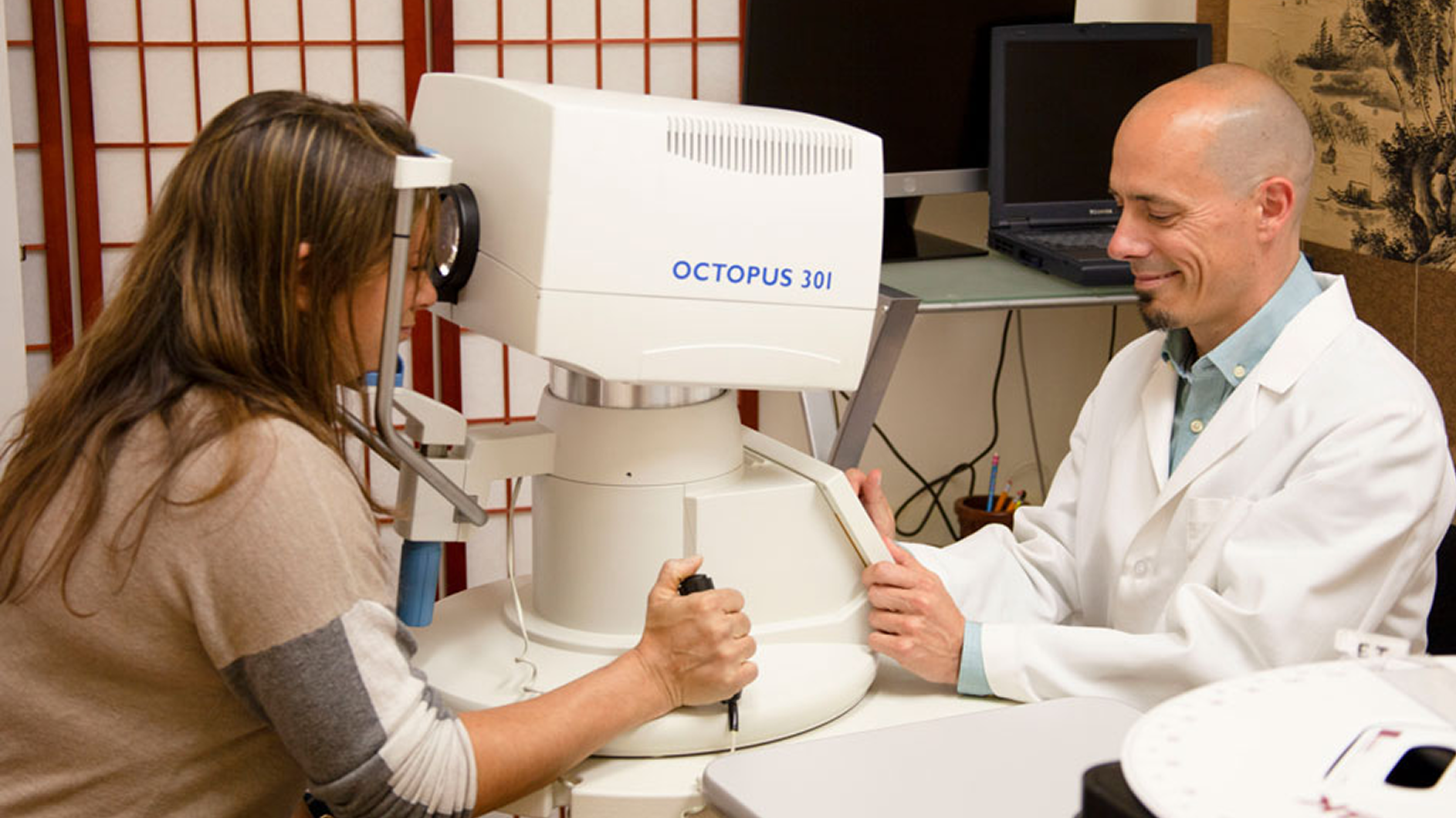
In-Office 2 Weeks to Better Vision
Combining acupuncture, laser therapy & diagnostics at Dr. Rosenfarb's office in New Jersey. 90% of patients see measurable vision improvements.
Learn more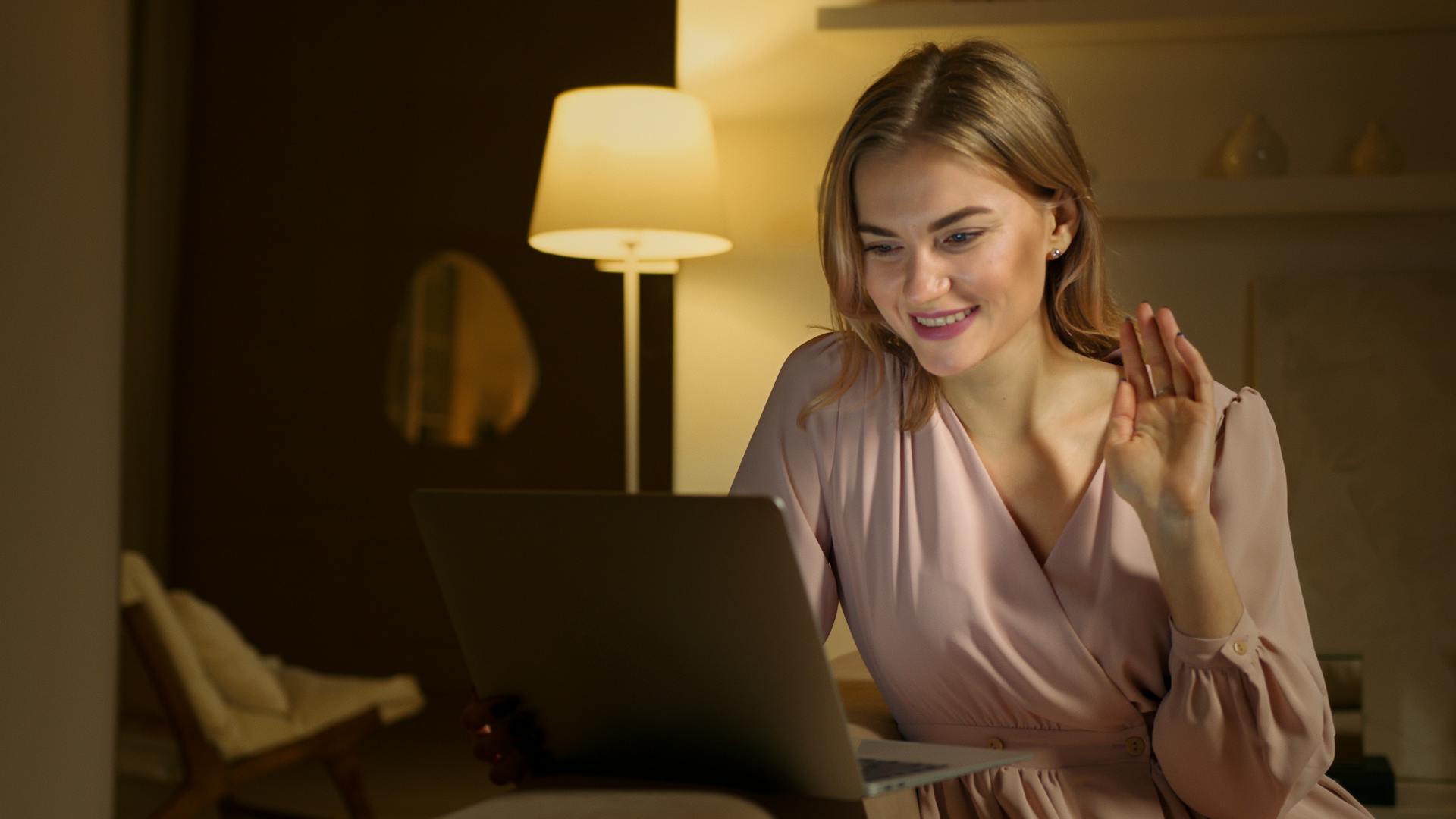
One-on-One Telehealth Sessions
One-on-one virtual sessions with Dr. Rosenfarb. Get personalized assessment and custom treatment plan from home.
Learn more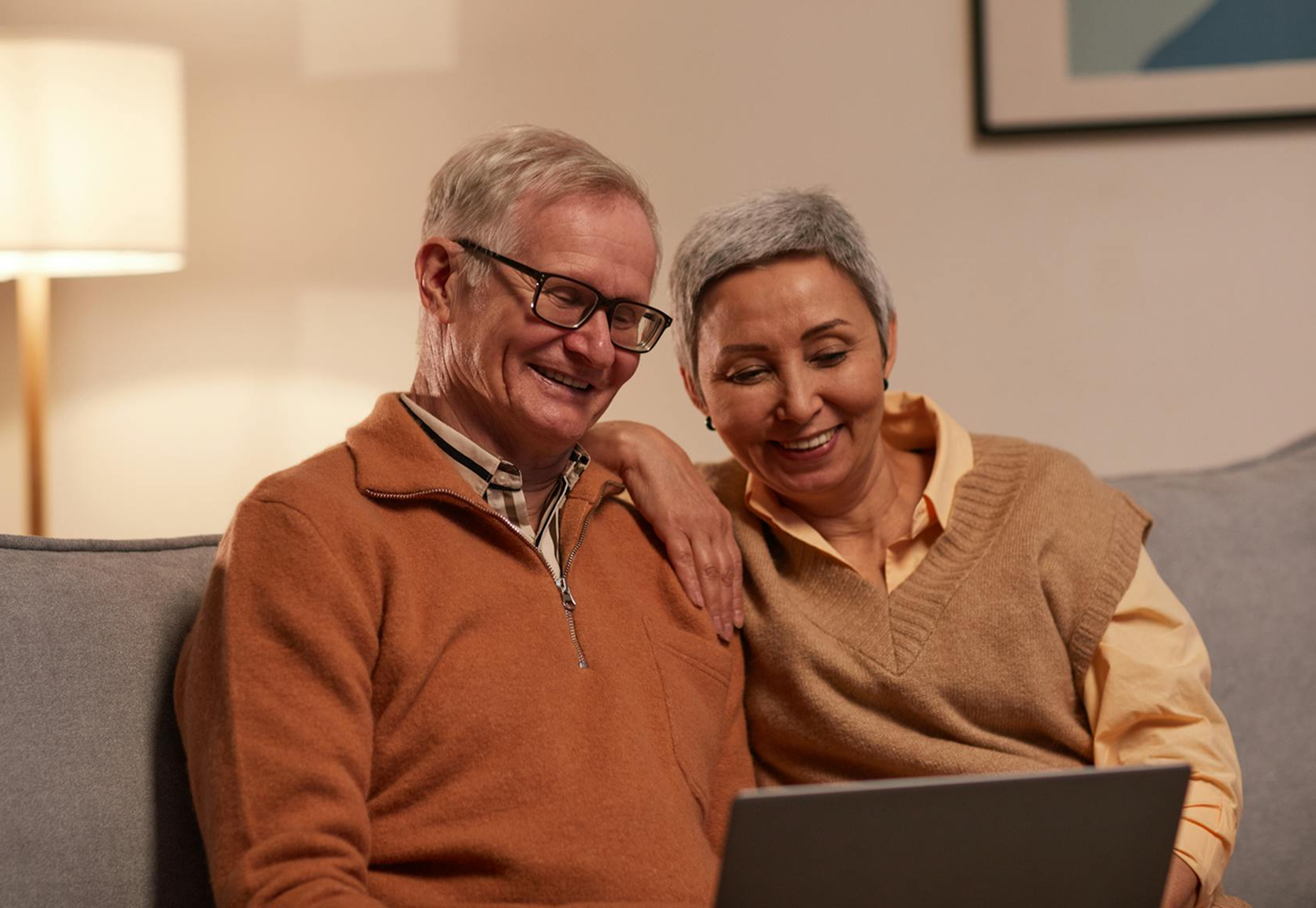
At-Home 12-Week AcuVision Program
Dr. Rosenfarb's 12-week step-by-step system. Live Q&A, guided exercises, and comprehensive approach to vision recovery.
Learn more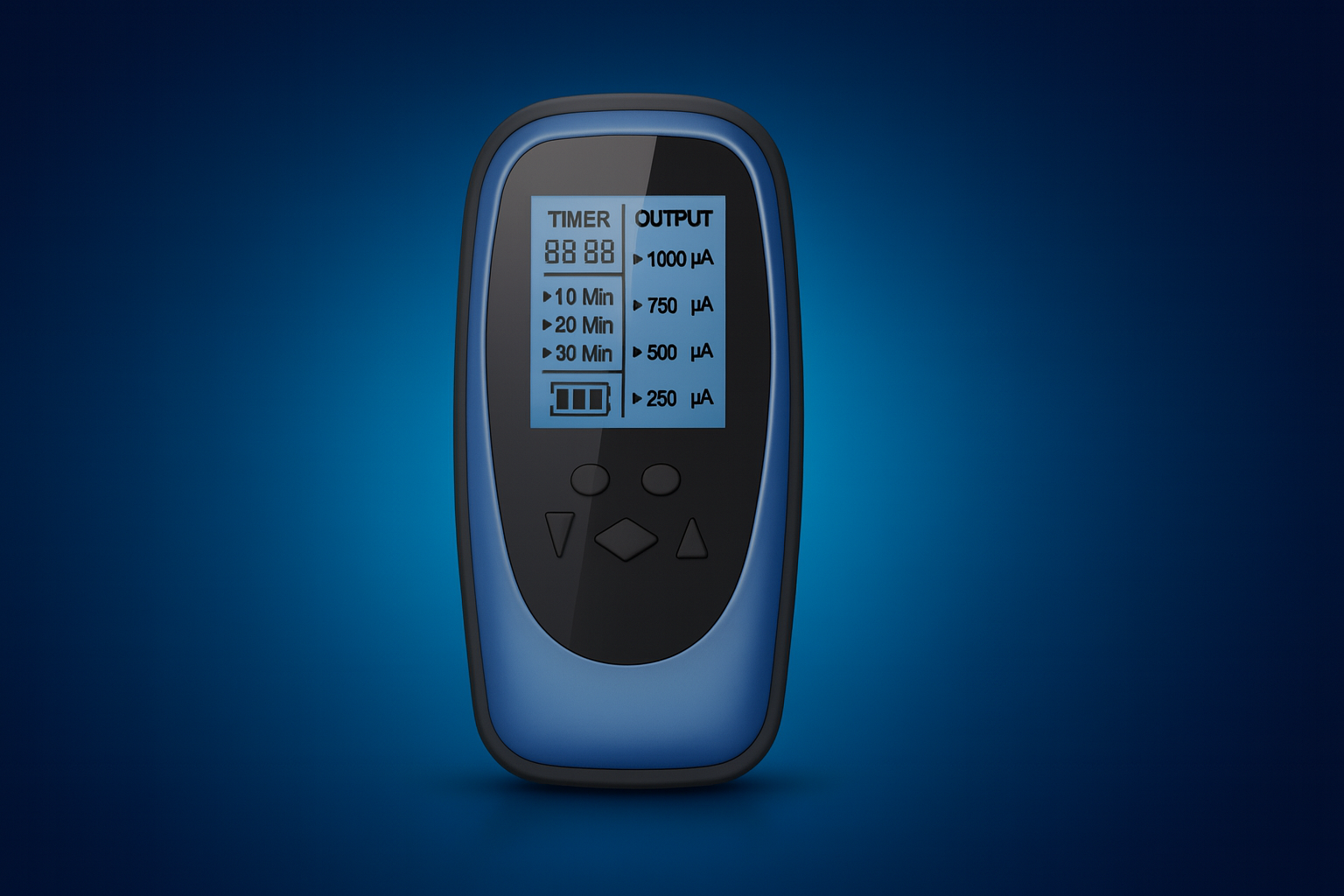
Alternating Current Micro Stimulation (ACS)
At-home micro stimulation system developed by Dr. Rosenfarb. Clinically proven at-home therapy to reactivate dormant eye cells.
Get ACS-3000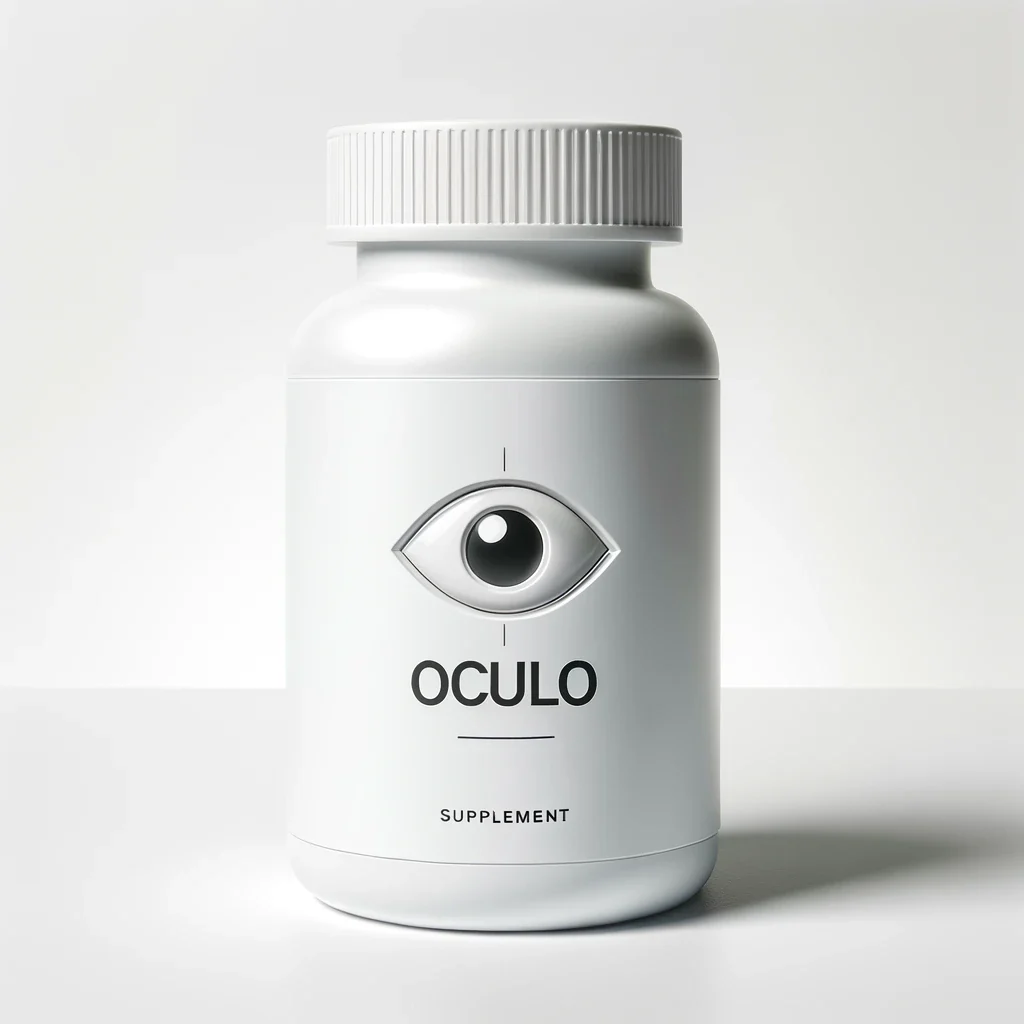
Eye Health Supplements
Scientifically-formulated supplements chosen by Dr. Rosenfarb to nourish your eyes and support healthy vision recovery.
Get supplements
